Fashion portfolio photography is an essential tool for models, designers, and photographers looking to establish a professional presence in the fashion industry. A well-curated portfolio showcases expertise, style, and creativity, making it a powerful asset for career growth.
This guide provides a step-by-step approach to mastering fashion portfolio photography, covering everything from conceptualization and styling to execution and marketing.
Understanding Fashion Portfolio Photography
1. What is Fashion Portfolio Photography?
Fashion portfolio photography is the art of capturing striking images that represent a model’s versatility, a photographer’s unique style, or a designer’s creative vision. It serves as a visual resume, helping industry professionals showcase their work to agencies, clients, and collaborators.
2. Why is a Strong Portfolio Important?
- First impressions matter – Your portfolio is often the first thing potential clients see.
- Showcases expertise – A well-curated collection highlights your best work.
- Builds credibility – A polished portfolio enhances professional reputation.
- Opens career opportunities – It helps attract clients, agencies, and collaborations.
3. Who Needs a Fashion Portfolio?
- Models (aspiring and professional)
- Fashion photographers
- Stylists and makeup artists
- Designers and fashion brands
- Creative directors
Planning a Fashion Portfolio Shoot
1. Defining Your Vision
- Determine the purpose of your portfolio (e.g., editorial, commercial, high fashion).
- Research industry trends and create a mood board.
- Identify target clients or agencies.
2. Selecting a Theme and Concept
- Choose a theme that aligns with your personal style and brand.
- Explore different concepts: minimalistic, avant-garde, high fashion, or street style.
- Ensure consistency across images while maintaining variety.
3. Choosing the Right Team
- Photographer: Someone experienced in fashion photography.
- Model(s): Look for diversity and versatility.
- Stylist: Helps curate outfits that enhance the theme.
- Makeup Artist & Hair Stylist: Ensures flawless execution.






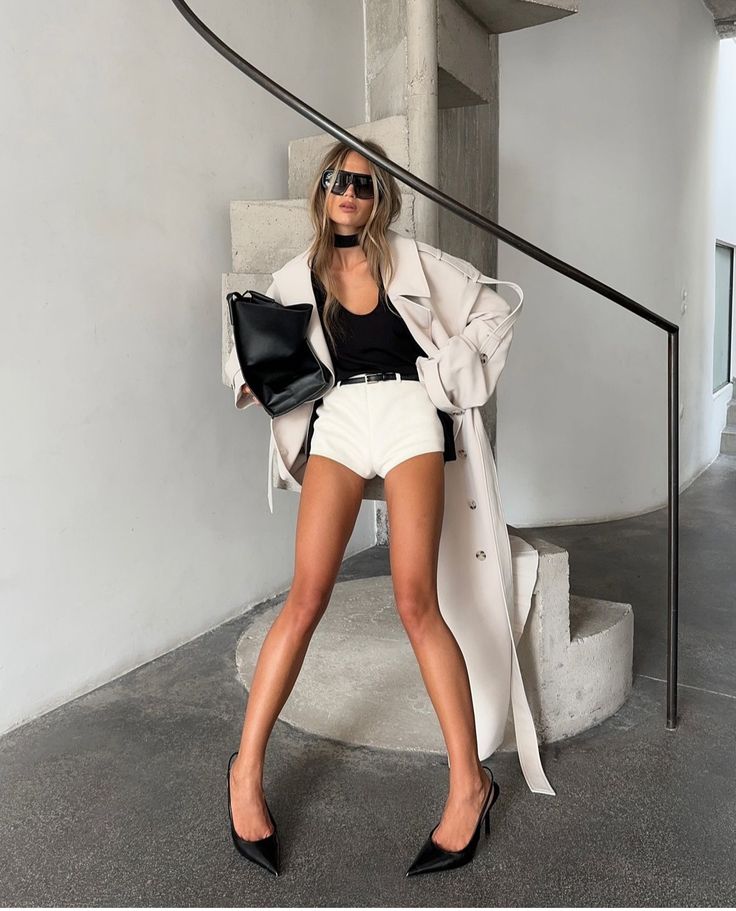
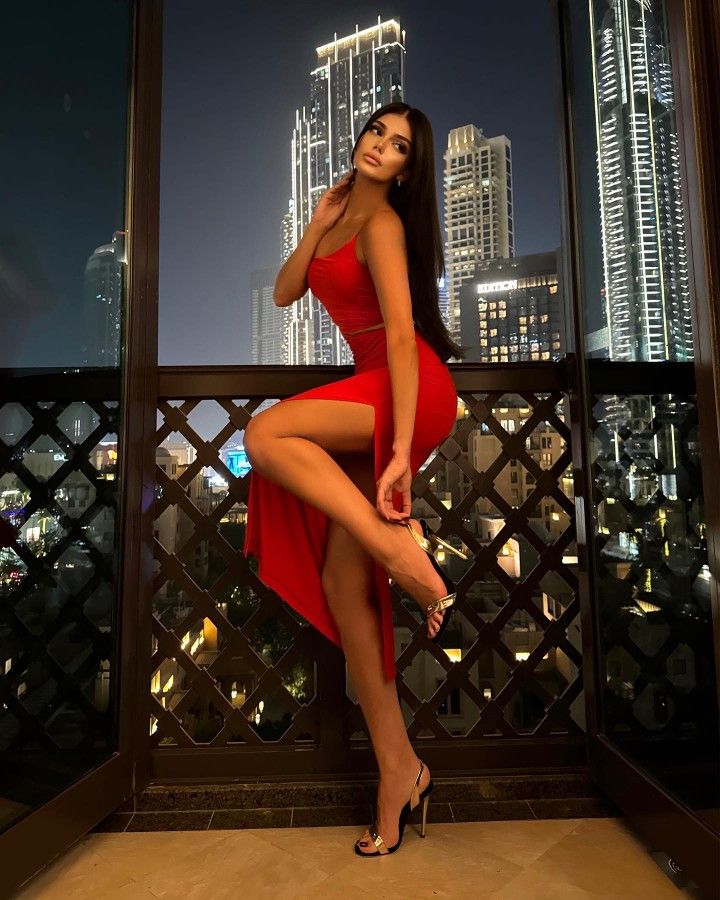
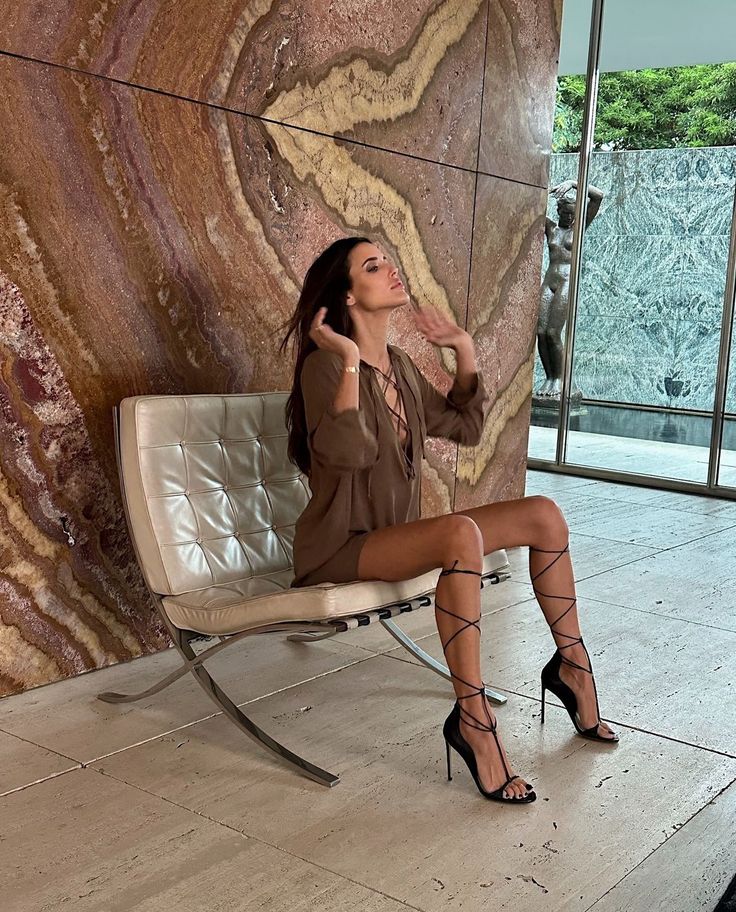
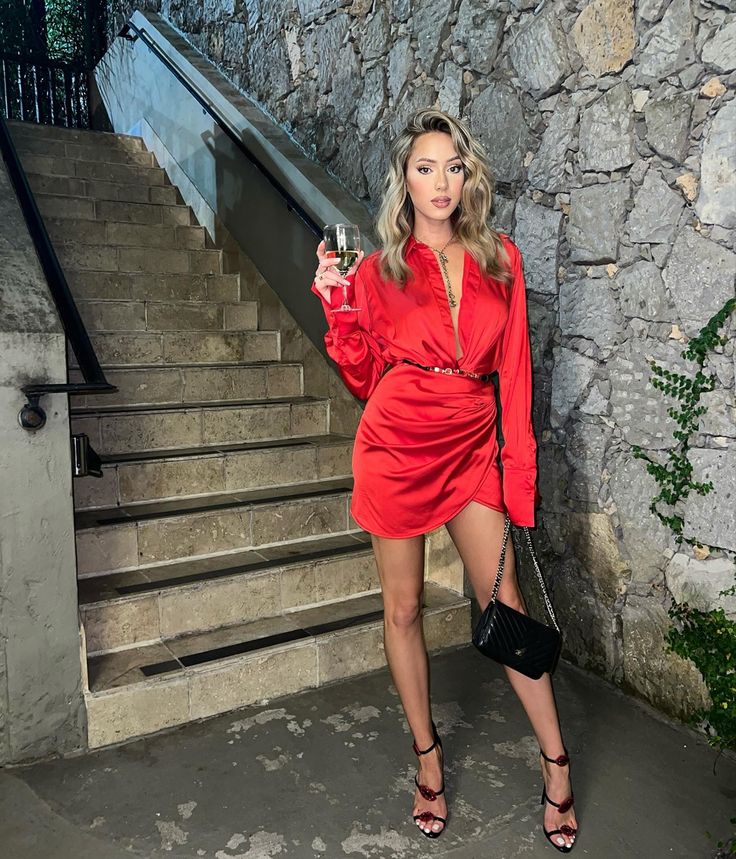



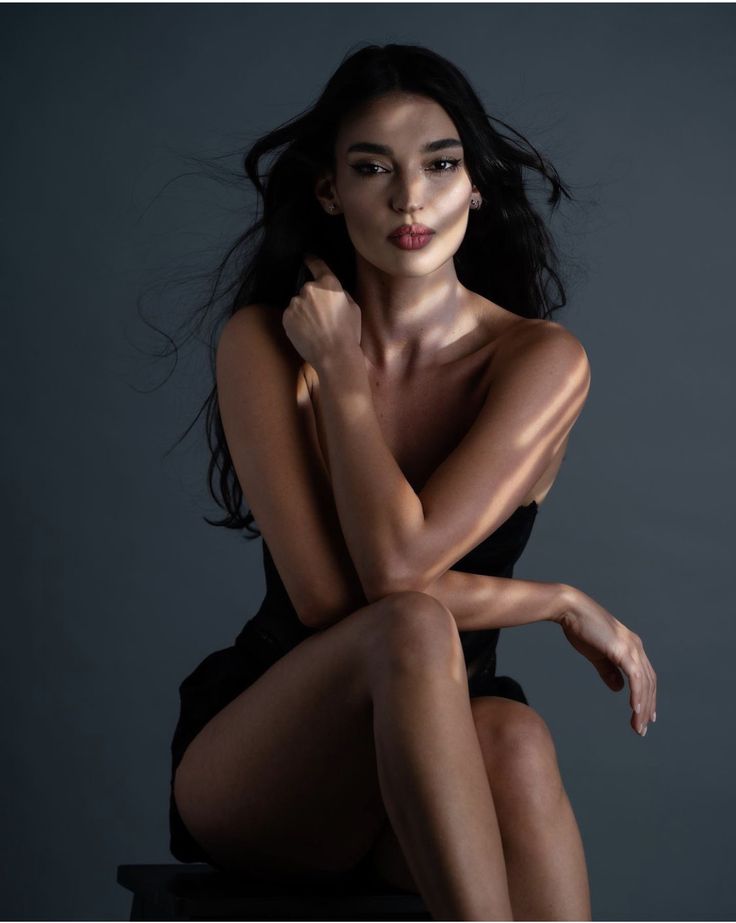
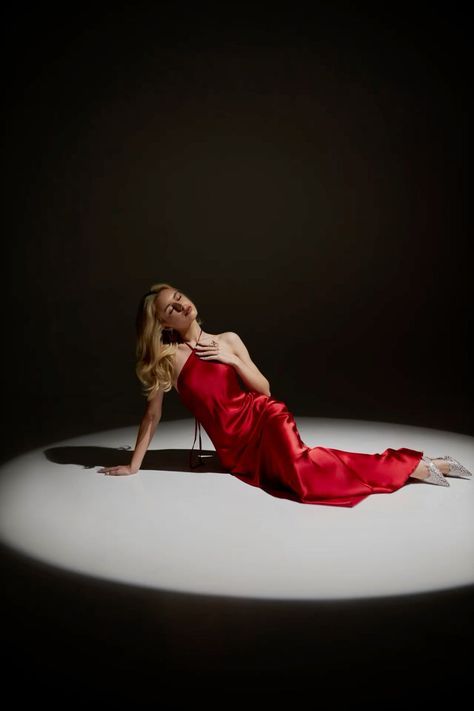

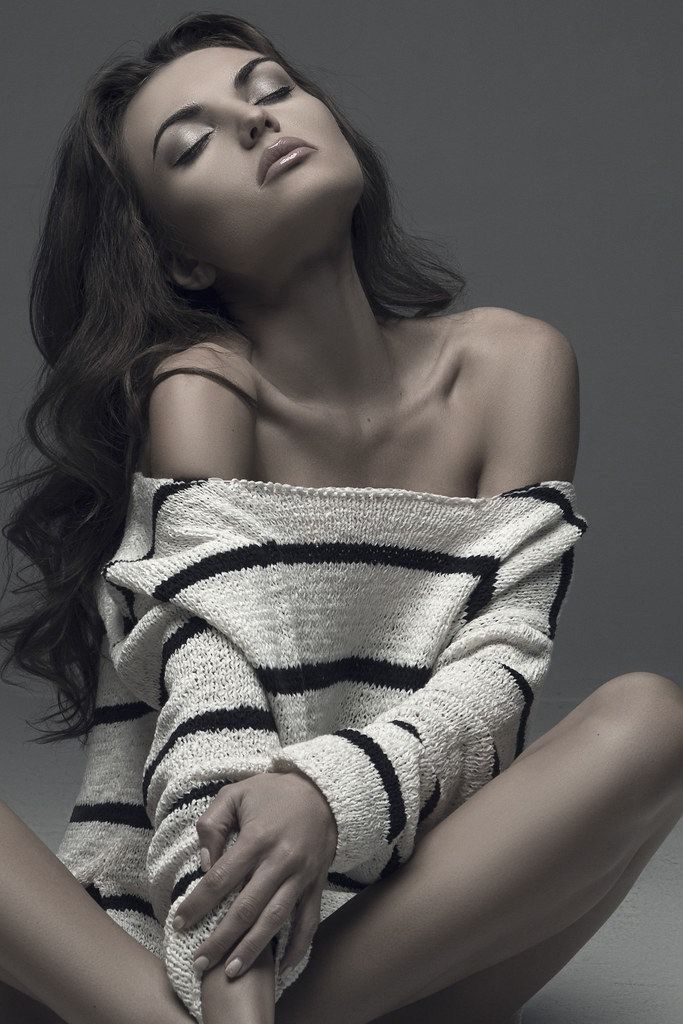
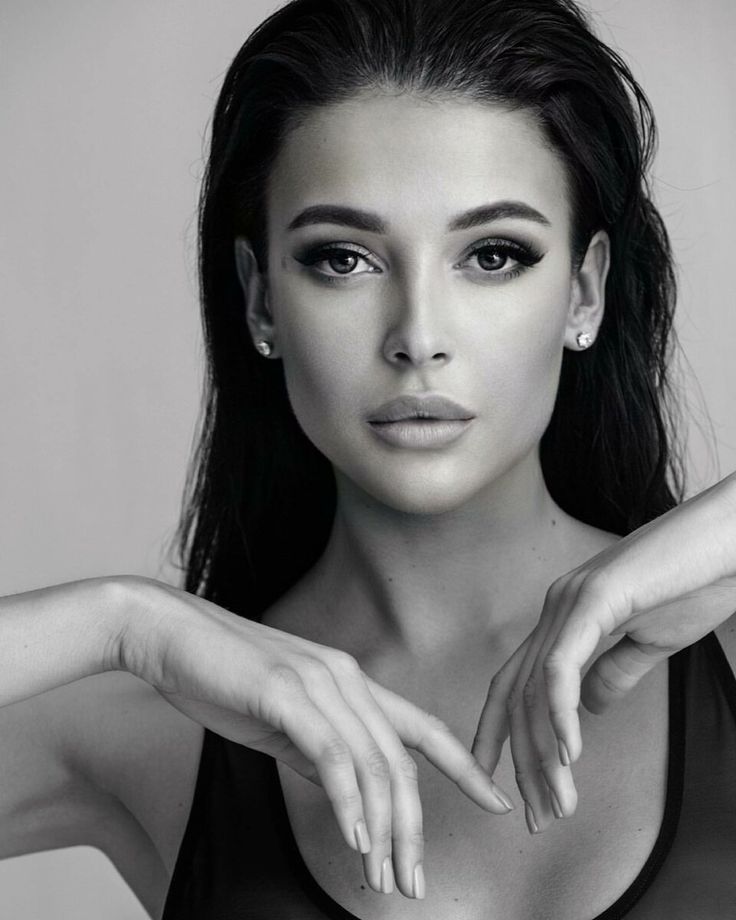
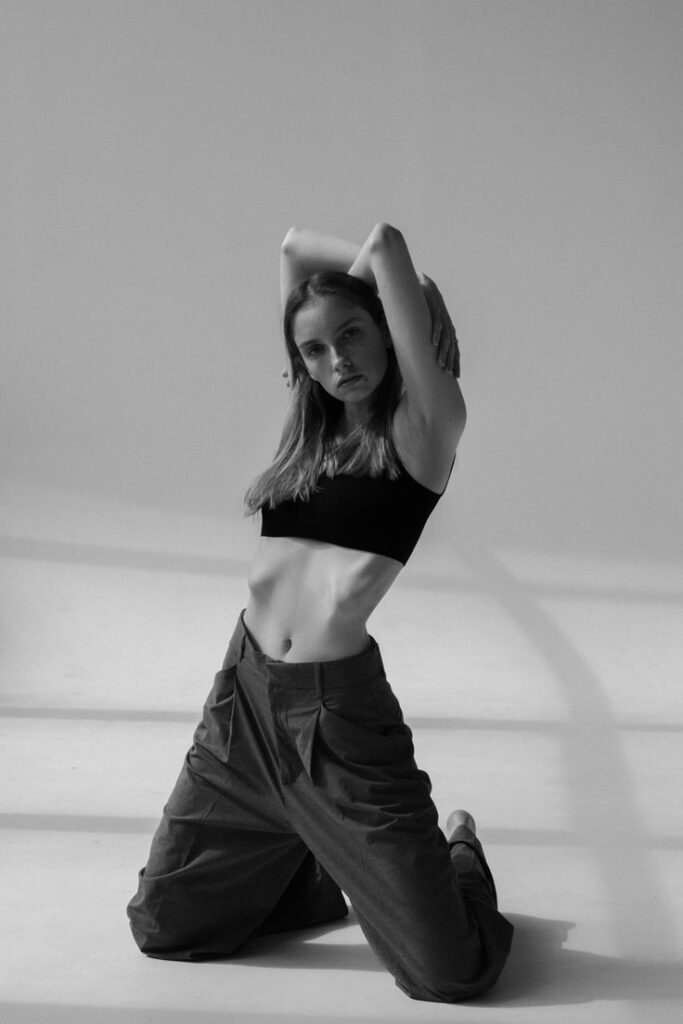

Essential Elements of a Fashion Portfolio
1. Composition and Framing
- Experiment with angles and perspectives.
- Use leading lines and the rule of thirds.
- Keep backgrounds clean to maintain focus on the subject.
2. Lighting Techniques
- Natural Light: Ideal for soft, organic looks.
- Studio Lighting: Provides precision and control.
- Dramatic Lighting: Creates high contrast for bold effects.
3. Wardrobe Selection
- Choose outfits that reflect current trends and classic styles.
- Consider colors, textures, and patterns that complement the model’s features.
- Avoid excessive branding unless working on a branded project.
4. Posing and Expression
- Poses should align with the concept (e.g., relaxed for lifestyle shots, structured for editorial).
- Expressions must convey emotion and connect with the audience.
- Encourage movement to capture dynamic shots.
5. Backgrounds and Locations
- Select locations that enhance the theme (e.g., urban settings for street fashion, nature for bohemian styles).
- Consider studio setups for controlled environments.
- Use creative backdrops for unique aesthetics.
Technical Aspects of Fashion Photography
1. Camera and Lens Choices
- DSLRs & Mirrorless Cameras: Provide high-resolution images.
- Lenses: 50mm and 85mm for portraits, 24-70mm for versatility, 70-200mm for compression effects.
2. Camera Settings
- Aperture: Wide for soft backgrounds (f/1.8-f/2.8), narrow for sharp details (f/8-f/11).
- Shutter Speed: 1/200s or faster to prevent motion blur.
- ISO: Keep as low as possible for minimal noise.
3. Post-Processing and Retouching
- Adjust colors, contrast, and exposure for a polished look.
- Retouch skin while maintaining natural textures.
- Crop and align images for consistency.
Building a Portfolio That Stands Out
1. Selecting the Best Images
- Choose quality over quantity—include 10-20 of your strongest images.
- Show diversity in poses, styles, and settings.
- Maintain a cohesive aesthetic.
2. Organizing Your Portfolio
- Arrange images to tell a story.
- Separate categories (editorial, commercial, lifestyle, etc.).
- Keep navigation intuitive for online portfolios.
3. Creating an Online Portfolio
- Use platforms like Behance, Adobe Portfolio, or a personal website.
- Optimize images for fast loading without compromising quality.
- Include a professional bio and contact details.
Marketing Your Fashion Portfolio
1. Social Media Strategies
- Share images on Instagram, Pinterest, and LinkedIn.
- Engage with followers through captions and stories.
- Collaborate with influencers to expand reach.
2. Networking and Collaboration
- Attend fashion events and network with industry professionals.
- Partner with brands, designers, and magazines.
- Offer test shoots to build connections and gain exposure.
3. Approaching Agencies and Clients
- Research agencies that align with your style.
- Send tailored emails with a link to your portfolio.
- Follow up professionally without being pushy.
Common Mistakes to Avoid
1. Inconsistent Style
- Stick to a clear aesthetic to avoid a disjointed look.
2. Poor Image Selection
- Remove mediocre shots to maintain a high-quality standard.
3. Over-Retouching
- Avoid excessive edits that make images look unnatural.
4. Neglecting Updates
- Refresh your portfolio with recent work to stay relevant.
5. Ignoring Industry Trends
- Stay updated with current fashion trends and photography techniques.
Conclusion
Fashion portfolio photography is a critical component in building a successful career in the fashion industry. By understanding its elements, mastering technical skills, and marketing your work effectively, you can create a standout portfolio that attracts opportunities and showcases your unique vision.
Whether you’re a model, photographer, or designer, investing in a well-crafted portfolio will elevate your professional presence and help you achieve long-term success.

Sony Alpha a7 IV: The Ultimate Camera for Photography
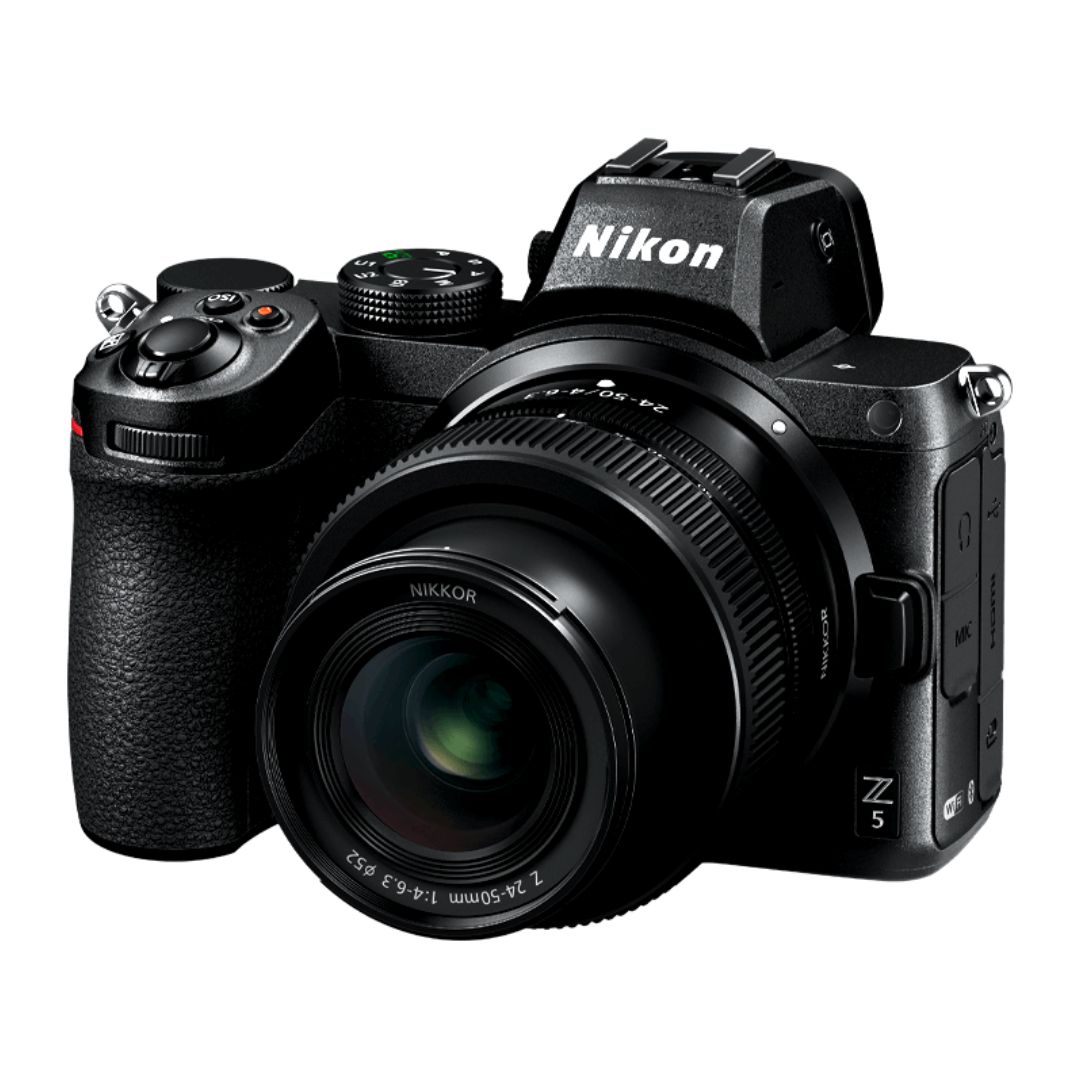
Nikon Z5 Review: Is It Worth It?
-
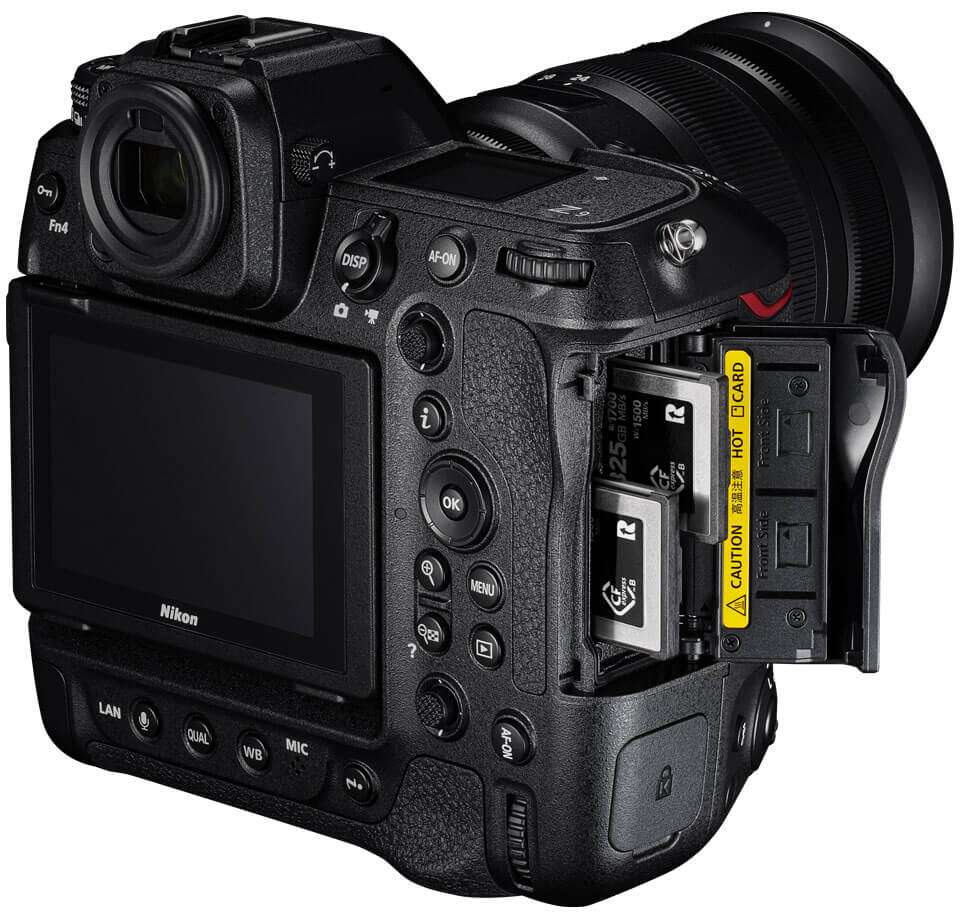
Nikon Z9 : Game-Changer for Photography
-

Top Features of Nikon D850 That Make It Ideal for Portfolio Shoots
Sony Alpha a7 IV: The Ultimate Camera for Photography
Explore the Sony Alpha a7 IV in this complete 2025 review. Learn how its pro-level features, real-world performance, and hybrid flexibility make it the ultimate camera for photography across genres like portraits, weddings, travel, and commercial work. Table of Contents Section 1: Introduction – Why the Sony Alpha a7 IV Stands Out The Sony Alpha…
Nikon Z5 Review: Is It Worth It?
In 2025, photographers—whether hobbyists, content creators, or professionals—seek equipment that blends value, performance, and future-readiness. Enter the Nikon Z5, a full-frame mirrorless camera marketed as a gateway to high-end imaging without a flagship price tag. But how well does it hold up under real-world demands like studio shoots, weddings, landscape adventures, and lifestyle photography? In…
Nikon Z9 : Game-Changer for Photography
Discover why the Nikon Z9 is considered a true game-changer for photography. This in-depth Nikon Z9 review explores key features, real-world performance, and how it excels in professional photo shoots in 2025. Table of Contents 1. Introduction The photography world witnessed a significant shift with the launch of the Nikon Z9, a flagship mirrorless camera…
Top Features of Nikon D850 That Make It Ideal for Portfolio Shoots
Discover why the Nikon D850 is the ultimate DSLR for portfolio shoots. Explore its top features—from resolution and dynamic range to autofocus precision and workflow speed—that help photographers create stunning, high-impact images for professional portfolios. Whether you’re a portrait artist, fashion photographer, or visual storyteller, a portfolio shoot demands technical excellence, creative flexibility, and uncompromised…
Candid Moments with Canon EOS R10: Lightweight & Reliable
In the evolving world of mirrorless photography, the Canon EOS R10 stands out as a lightweight yet powerful camera tailored for real-life storytelling. Whether you’re photographing street scenes, family gatherings, weddings, or spontaneous portraits, capturing genuine emotion requires a responsive and discreet tool. This article dives deep into how the Canon EOS R10 excels in…
Bold Portraits with Canon EOS R5: Is It the Best for Work?
Studio photography has always demanded precision, artistry, and impeccable gear. As the expectations for commercial portraits, fashion campaigns, and editorial work continue to rise, the tools we use must evolve. Enter the Canon EOS R5, a camera that has stirred the professional waters with its impressive technical specs and forward-thinking design. In this comprehensive Canon…


